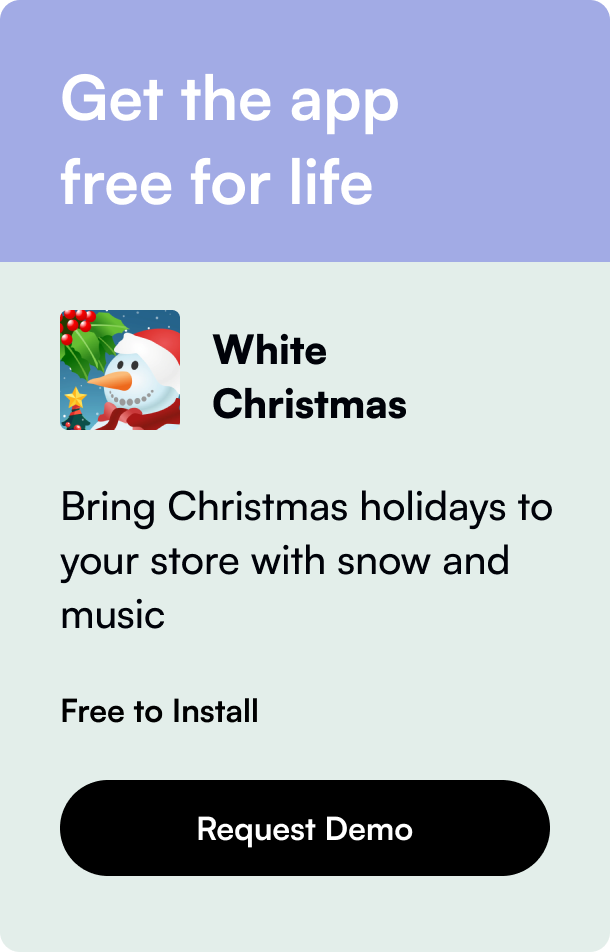Table of Contents
- Introduction
- Why an Email List is Vital for Your Shopify Store
- Setting Up Your Email List on Shopify: A Step-by-Step Guide
- FAQs
Introduction
Have you ever wondered how successful Shopify store owners manage to keep their customers engaged and coming back for more? One key strategy lies in leveraging the power of email marketing. With an email list, you unlock the potential to send targeted messages, promotions, and updates directly to your customers' inboxes, nurturing a loyal customer base over time. In this guide, we'll dive into the step-by-step process of setting up an email list on Shopify, ensuring you harness this powerful tool to its full potential. This post is not just a how-to; it offers a unique blend of strategy, compliance, and segmentation insights that could dramatically transform your Shopify store's email marketing approach.
Why an Email List is Vital for Your Shopify Store
Email marketing is far from outdated. In fact, it continues to offer an impressive ROI, with businesses earning up to $44 for every dollar spent on this channel. Crafting a well-segmented email list allows you to send personalized and relevant content to your subscribers, fostering a deeper connection with your brand and encouraging repeat purchases.
Setting Up Your Email List on Shopify: A Step-by-Step Guide
1. Understand the Importance of Opt-In
Ensure that your customers willingly subscribe to your mailing list. This not only aligns with email marketing best practices but also ensures compliance with laws and regulations like GDPR. Shopify simplifies this with default settings that require a customer's consent at checkout or through a newsletter subscription on your site.
2. Utilizing Shopify's Built-in Features
Leverage Shopify Email to collect and manage your subscribers directly within Shopify. This tool allows you to create engaging emails and automations without needing third-party apps. Remember, clarity in offering an opt-in during checkout and having a visible subscription form on your website is crucial.
3. Design Attractive Sign-up Forms
Your email sign-up form is your first interaction with potential subscribers. Make it count. Use clear, engaging copy that conveys the value of subscribing, such as exclusive discounts or valuable content. Shopify’s theme editor and apps like Klaviyo or Omnisend offer customizable sign-up form options to make this process seamless.
4. Offer Incentives
An effective method to increase your email list is by offering incentives. Whether it's a discount code, freebie, or exclusive content, incentives can significantly boost sign-up rates. Be clear about the value exchange — "Subscribe to our newsletter to receive 10% off your first purchase!"
5. Prioritize Double Opt-in
Using a double opt-in process ensures that your subscribers genuinely want to hear from you, improving email deliverability and engagement. When a customer signs up, they receive an email asking to confirm their subscription — a practice that's becoming a legal requirement in several jurisdictions.
6. Create a Welcome Series
Once a subscriber joins your list, send them a welcome email or, better still, a series of emails. This series can introduce them to your brand, offer a first-purchase discount, and highlight key products or stories. Utilize Shopify Email or your chosen email marketing app to automate this process.
7. Segment Your List
Segmentation is critical for sending targeted and relevant emails. You might segment your list based on purchase history, geographic location, or engagement level. Advanced email marketing platforms integrate with Shopify, allowing for detailed segmentation and personalization.
8. Craft Engaging Content
The key to a successful email list isn't just its size but the quality of engagement it drives. Provide value through your content by sharing useful tips, exclusive deals, and compelling product stories. This approach not only drives sales but also builds brand loyalty.
9. Continuously Optimize and Clean Your List
Periodically review your email list's performance. Remove inactive subscribers and continually test different email formats, subject lines, and calls to action to find what resonates best with your audience. This will help maintain high engagement and deliverability rates.
FAQs
Q. Is it legal to buy email lists for my Shopify store? A. No, purchasing email lists is against Shopify’s usage policies and most countries' spam laws. It’s also ineffective and can harm your brand's reputation and email deliverability.
Q. How often should I email my subscribers? A. The frequency can vary based on your industry and audience. Start with a weekly email and adjust based on engagement rates and subscriber feedback. The key is consistency and providing value in every email.
Q. Can I integrate Shopify with other email marketing platforms? A. Yes, Shopify integrates with many email marketing platforms like Klaviyo, Omnisend, and Mailchimp, offering advanced automation and personalization features that go beyond Shopify Email.
Q. How do I ensure my emails don’t end up in the spam folder? A. Use a reputable email marketing service, maintain a clean email list, ensure subscribers have opted in, and avoid spam trigger words in your emails. Regular monitoring of your email reputation is also advisable.
Implementing a strategic approach to building and maintaining your email list on Shopify can significantly boost your customer engagement and sales. Remember, the goal of your email list is to build a community around your brand, offering value that goes beyond mere transactions. Utilize the steps and tips mentioned in this guide to create an email list that becomes a vital asset for your Shopify store.








